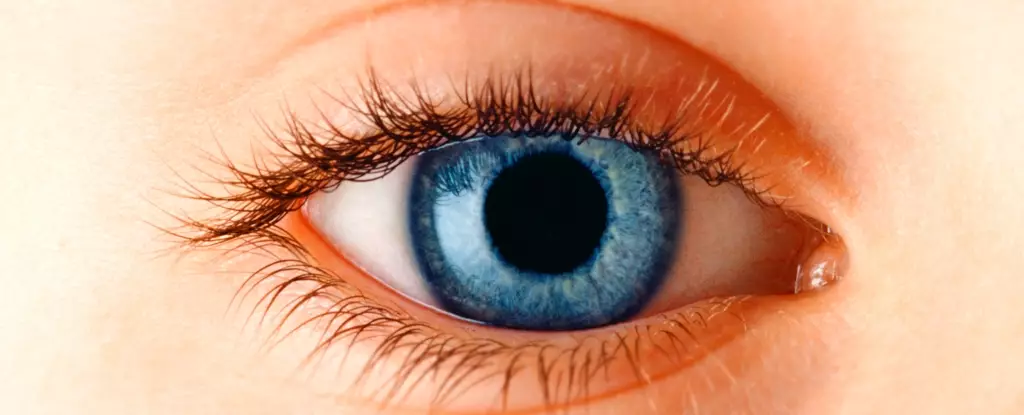Myopia, commonly referred to as nearsightedness, is increasingly becoming a significant public health issue, particularly among children. Recent global studies estimate that the prevalence of myopia in children has reached alarming levels, with about 35% of children being affected. This figure is projected to rise to 40% by 2050, translating to approximately 740 million children worldwide. This trend poses serious concerns, not only due to issues related to blurred distant vision but also due to the long-term consequences that unchecked myopia could have on eye health.
The nature of myopia itself is a refractive error where the light entering the eye is not adequately focused on the retina, primarily due to an elongated eyeball. As it progresses, particularly if left untreated, myopia can lead to severe eye conditions that may threaten irreversible vision loss. Therefore, it becomes imperative to understand how myopia develops, its associated risks, and what interventions can be undertaken to prevent its progression in children.
Factors Contributing to the Surge in Myopia
Research indicates that the increase in myopia can be attributed to both genetic and environmental factors. Genetics plays a crucial role, as children with parents who have myopia are more susceptible. However, environmental influences, particularly modern lifestyle changes, are influencing this prevalence. The ubiquitous presence of screens in our lives is a critical factor. As screen sizes decrease, children tend to hold their devices closer, leading to prolonged periods of near-focus. Such behaviors are increasingly linked to the development of myopia.
Moreover, a concerning trend is the reduced time children spend outdoors. Studies have suggested that increased outdoor activity, even by a few hours a week, may correlate with a lower incidence of myopia. The mechanisms behind this protective effect remain under investigation; however, exposure to natural light could facilitate the release of dopamine in the eye, which may potentially inhibit abnormal eye growth associated with myopia.
The early diagnosis of myopia is critical. Unaddressed myopia, especially in its more severe forms, not only impacts a child’s academic performance due to visual impairment but also heightens the risk of severe eye conditions later in life, such as retinal detachment and glaucoma. Signs that may indicate the need for an eye examination include squinting at distant objects or consistently relocating near objects like screens or books closer to the eyes.
Regular eye check-ups with an optometrist are essential to monitor vision health in children. Each child has unique needs; therefore, eye care professionals can tailor management strategies to fit those requirements effectively.
Understanding that mere corrective lenses can no longer be seen as a comprehensive solution, innovative methods in myopia management are becoming increasingly vital.
Orthokeratology (ortho-K) offers one interesting option, where special hard contact lenses are worn overnight to reshape the eye, thereby providing improved vision without the need for daytime correction. However, they require diligent care to prevent potential infections, posing a responsibility challenge for parents.
Atropine eye drops have emerged as another promising tool in the fight against myopia progression. These drops have demonstrated success in minimizing the worsening of myopia in children. They are relatively easy to administer, are often well-tolerated, and do not carry the infection risks associated with contact lenses.
While wearing glasses or contact lenses effectively corrects myopia, attention must be paid to children experiencing high myopia. Such cases significantly escalate the risk of developing serious ocular conditions like myopic maculopathy, where the affected retina can face degenerative changes and detachments.
The escalating epidemic of myopia among children necessitates prompt attention from parents, educators, and healthcare providers alike. Understanding the multifaceted nature of myopia can help empower families to adopt proactive measures that balance technology use with outdoor activity, thus working to prevent myopia’s onset and mitigate its progression.
Promoting regular eye examinations and seeking out innovative correctional and preventative tools will be vital. In doing so, we can ensure healthier vision outcomes for future generations, enabling children to thrive academically and socially without the hindrance of vision impairment. As myopia rates continue to rise, awareness, understanding, and early intervention will be the keys to combating this silent threat to children’s eye health.


Leave a Reply